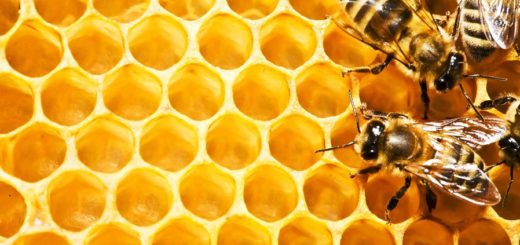Far bee
 Far bee: specifications, advantages, shortcomings.
Far bee: specifications, advantages, shortcomings.
Far bee fully justifies its name.
She actually lives in large quantities in the territory of the Far East.
This type so common, because it is a natural, natural. This is not a breeding bees, that were bred by crossing other ways.
Can not say, they have strong protective properties, but, they have, Nature gave them.
Comparison with other breeds
Often compared Far bee of the Central, as they like most. so, first, that strikes, slightly smaller body size. In no case can not be considered a minus, because the smaller the bee is more a winding and ruhomyyu, so, shall work faster.
Wrong considered, that therefore workers produce less honey, vice versa, more. The point is, that family size increases through the small fry bee, which is an important advantage.
The color gray, slightly yellowish. Of course, this dignity, as bright yellow species often suffer from birds and predatory insects, as highly visible. Yellowish half-rings on the abdomen attract attention not.
Overall color in the Far Eastern bees very good. These bees are very subtle and tenacious. Also sometimes point out, that some long proboscis, than other breeds. It helps to work, but you can not call it a major advantage.
An important advantage is that, Far that bees do not attack beekeepers, more peaceful, than Caucasians. Working with them is very simple. Even inexperienced beekeepers cope calmly with them.
Honey in the hive and many cerago, but little propolis. This suggests, that protection is quite low. This is the main drawback of the breed. Pincers and lice infest with varying success, but bacterial and viral infection can be fatal.
Benefits species
In the Far Eastern bees are important plus – She is not afraid of the cold. Of course, and it can be understood by its name. Good moves winter, can independently deal with cold weather.
Resistant to these diseases:
Beekeepers are very pleased with the fact, Far bee spring wakes up very early. The family is growing very strongly and quickly.
The uterus lays about 1700 eggs a day, in principle, not very high figure.
But keep in mind that, vylupyvshyhsya percentage of individuals surviving larvae and more. Also more insects placed in the hive, which significantly accelerates the inner workings.
Video




develop a broad and accurate knowledge bring to a lot of beekeepers.